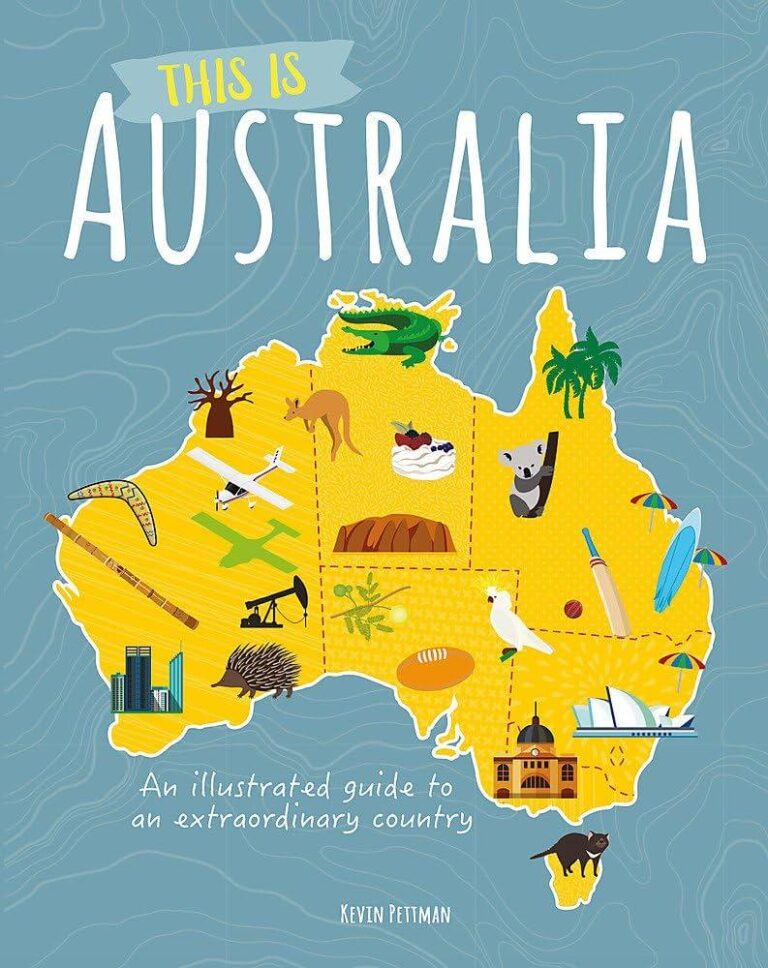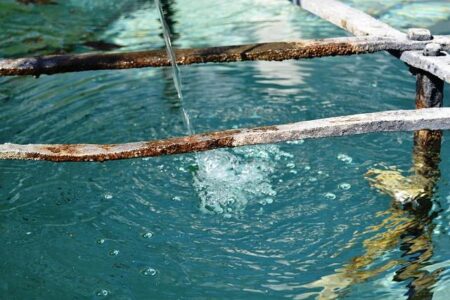As geopolitical tensions intensify across the Indo-Pacific region, Australia finds itself at a strategic crossroads. The Lowy Institute’s latest analysis examines whether Canberra can effectively galvanize its regional allies to counterbalance rising challenges posed by shifting power dynamics. With economic ties and security concerns increasingly intertwined, the question remains: can Australia rally the Indo-Pacific allies to forge a cohesive and resilient front in this critical arena?
Australia’s Strategic Role in Strengthening Indo-Pacific Alliances
Australia’s geographic position and diplomatic initiatives place it at a pivotal crossroads in the Indo-Pacific, allowing Canberra to act as a bridge between Western powers and emerging Asian economies. Leveraging its established security partnerships with the United States, Japan, and India, Australia is actively fostering a collaborative environment aimed at counterbalancing growing regional tensions. This effort is evident through enhanced joint military exercises, intelligence sharing, and expanded trade agreements that reinforce mutual trust among allies.
Key elements driving Australia’s influence include:
- Robust multilateral diplomacy through forums like the Quad and ASEAN, promoting open dialogues on security and economic stability.
- Investment in maritime security to safeguard critical sea lanes vital for global commerce and energy supplies.
- Strategic infrastructure partnerships catalyzing connectivity and resilience against external pressures.
| Alliance Aspect | Recent Initiative | Impact |
|---|---|---|
| Defense | Enhanced AUKUS cooperation | Strengthened deterrence capabilities |
| Economic | New bilateral trade pacts | Expanded market access |
| Diplomatic | Hosting regional security dialogues | Increased dialogue and transparency |
Challenges Facing Coalition Building Amid Regional Rivalries
Efforts to forge a unified front among Indo-Pacific nations are steadily encumbered by underlying regional tensions and historical animosities. Key players often prioritize national interests over collective security goals, complicating the coalition-building process. Added to this is the delicate balancing act required to maintain economic ties with rival powers, which can undermine coordinated strategic postures. These dynamics create a patchwork of hesitant commitments rather than seamless partnerships, raising questions about the durability and effectiveness of any alliance Australia seeks to spearhead.
Moreover, inconsistencies in military capacities, political will, and resource allocations among potential allies generate operational challenges. Differences in threat perceptions lead to divergent defense priorities, impeding synchronized responses. The table below highlights these disparities, showcasing how uneven burdens and capabilities contribute to coalition fragility:
| Country | Defense Budget (USD billions) | Military Personnel (thousands) | Strategic Alignment Level* |
|---|---|---|---|
| Australia | 30 | 80 | High |
| Indonesia | 9 | 400 | Medium |
| India | 70 | 1400 | High |
| Vietnam | 5 | 490 | Medium |
| Japan | 50 | 250 | High |
*Strategic Alignment Level: Degree to which countries prioritize a shared Indo-Pacific security agenda
- Varied strategic priorities: Nations may emphasize territorial disputes, cyber defense, or economic security differently.
- Competing influence spheres: Regional rivalries hinder the consensus needed for joint operations.
- Economic dependencies: Reliance on trade with rival nations complicates political commitments.
Policy Recommendations for Enhancing Diplomatic and Security Cooperation
To deepen collective security efforts in the Indo-Pacific, Australia must prioritize initiatives that foster trust and interoperability among regional allies. This includes expanding joint military exercises, sharing intelligence through secure channels, and establishing common protocols for crisis response. Strengthening multilateral frameworks like the Quadrilateral Security Dialogue (Quad) and ASEAN-led forums can enhance diplomatic channels and create platforms for coordinated policy actions without alienating key stakeholders.
Key strategic actions should emphasize:
- Investing in capacity-building programs that elevate smaller nations’ security infrastructure
- Promoting cyber cooperation and safeguarding critical maritime trade routes
- Facilitating regular high-level dialogues to pre-empt tensions and align defence objectives
| Policy Area | Recommended Action | Expected Outcome | |||
|---|---|---|---|---|---|
| Military Collaboration | Expand joint training and sharing platforms | Increased operational synergy | |||
| Cybersecurity | Develop regional cyber norms and rapid response teams | Enhanced digital resilience | |||
| Diplomatic Engagement | Institutionalize regular strategy forums |
| Policy Area |
Recommended Action |
Expected Outcome |
|
| Military Collaboration | Expand joint training and sharing platforms | Increased operational synergy | |||
| Cybersecurity | Develop regional cyber norms and rapid response teams | Enhanced digital resilience | |||
| Diplomatic Engagement | Institutionalize regular strategy forums | Sustained alignment on security policies |
—
### Summary
To advance collective security in the Indo-Pacific, Australia should focus on building deeper trust and interoperability among regional partners. Key strategic priorities include:
– Expanding joint military exercises and intelligence-sharing to improve operational synergy.
– Promoting cyber cooperation to protect critical infrastructure and maritime trade routes.
– Facilitating consistent high-level diplomatic dialogues to reduce tensions and harmonize defense policies.
Strengthening frameworks like the Quad and ASEAN-led forums will solidify collaborative security architectures without sidelining important regional stakeholders. Capacity-building for smaller nations and institutionalized strategic engagement are critical measures to enhance regional stability and security resilience.
In Summary
As Australia navigates the complexities of regional security and economic cooperation, its ability to rally Indo-Pacific allies remains a critical test of its diplomatic resolve and strategic vision. With shifting power dynamics and rising challenges, Canberra’s success will depend on forging inclusive partnerships that balance shared interests with the diverse priorities of the region. The coming months will reveal whether Australia can emerge as a unifying force amid the Indo-Pacific’s evolving geopolitical landscape.




